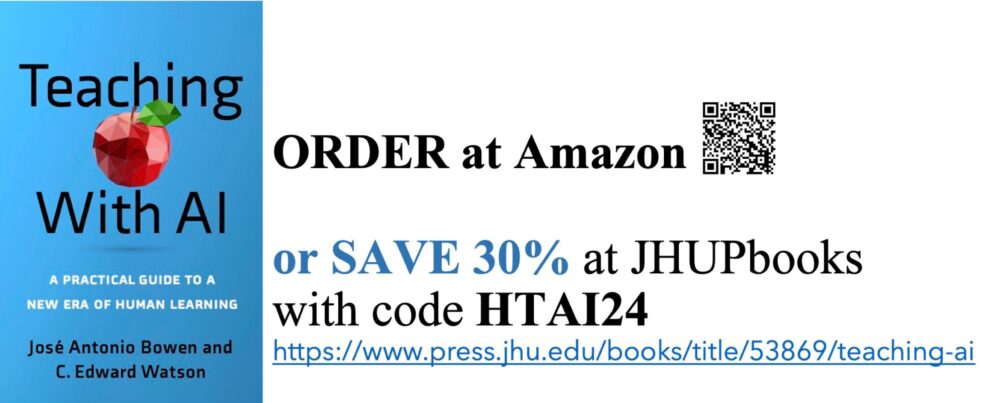Podcasts and Online Resources for First Exposure
First exposure to material before class is not a new idea; many of us routinely assign readings, papers or problem sets as preparation for class. Videos and podcasts, however, have become ubiquitous and offer some new learning paradigms. Do a quick search for how to do almost anything and you will surprised; you can still find printed recipes and the owner’s manual for your car, but you will also find videos on how to deep fry a turkey or change your oil.
Why wait for your students to find ways to listen to lectures other than yours? Why not discover what sources they use and build assignments around first exposure to content through available video or websites.
Finding Resources
Huge numbers of online resources are available on most subjects. You can find hundreds of thousands of lectures and podcasts from iTunesU (many from the most respected universities and most honored scholars) or Utubersity.com (Utubersidad in Spanish: do you have students who could benefit from first exposure to a new concept in Spanish?), which is a growing site of educational videos, mostly college lectures. Other sources, like YouTube or Merlot, include archives of lectures, but also plenty of songs, photos, primary sources, documents, diagrams, interactive websites, games and a huge body of other material.
Here are some great places to start:
• The Ultimate Guide to Free Online Courses
• Lectures & Demos: utubersity, iTunes-U, Khan Academy, YouTube, OpenYale, MITOpen
• Other Content: Google, Wikipedia, other University and Government Reference Sites
• More Courses: Udacity, Coursera, EdX, Udemy, OpenYale, MITOpen,
• Learning Modules, Assignments, Tests: Merlot, Google
•Games: Merlot, SeriousGames, EducationArcade, iTunes (apps) GameScene, TheProblemSite, FreeOnlineGames, GameNode, MiniClip
You can find discipline specific resources below
Why Podcasts are Better than Lecture Capture or Video
Most of us teach to the mean, so if most students can understand a problem after two examples, we do two examples. We would hesitate to help just a few struggling students with more examples in class when the majority of students seem ready to move on. The best podcasts, when played in iTunes, have chapters that allow students to move about easily and allow you to include parallel or redundant material. For example, I have one podcast on the Blues (Link), but include dozens of different (“extra”) chapters, each with a further example. (Instead of chapters, the Khan Academy sorts its short videos into “playlists” which has the additional positive association with the ordered groups of songs in iTunes.)
• Skipping ahead
The advanced student can fast forward and skip the easy examples. Podcasts, when built with chapter titles and multiple examples or pedagogies, are powerful tools for student engagement and control.
• Customization and further resources
Archive lectures from visitors or reference videos of the topic by other professors. Add a more complex or unusual case. Add detailed tutorials for procedures or techniques: how to diagram a sentence, find the meniscus, or conduct an interview. Different students need different approaches and podcasts allow for customization. Instead of one lecture or podcast on how to create a business plan, you can have one for art majors and another for engineering students. Your physics or psychology lectures might include different examples for men and women.
• Flexibility
Give students flexibility in how they absorb material. Some students take notes by stopping and writing things down, while others simply review the podcasts multiple times (Coghlan et al., 2007). Undergraduate students report that podcasts keep them focused and make learning more informal and independent (Edirisingha & Salmon, 2007; Duke University, 2005).
Making a Podcast
The mechanics of a podcast are fairly simple:
Using Audacity: http://www.youtube.com/watch?v=-hrBbczS9I0
Using GarageBand: http://mac.appstorm.net/how-to/music/creating-a-podcast-using-garageband/
If you want to submit it to iTunesU or for wider distribution, start here: http://www.apple.com/itunes/podcasts/specs.html
TIPS:
• Use chapters: The best thing about a podcast is that you can organize it in ways that you can’t when you are speaking. Give students more control.
• Use multiple, redundant and alternative examples
•Add something for advanced students (the others can skip it)
• Start Small: A good first project is an introduction to a reading or an assignment. Take something short, but something you would also do in class, and convert it to a podcast. Now do something more active in class with the time you saved.
• Recycle: It does not have to be perfect. You can make it better next year.
Book José Bowen to come to your campus and talk about using podcasts and other resources.

Pingback: Mission Possible – Bringing Podcasts into the College Classroom | Academy For Teaching Excellence
Hi I am a teacher that loves to be naked